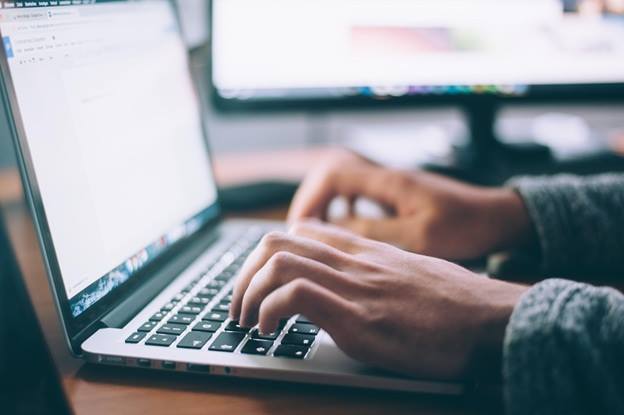Learning is fundamental to being human. It’s thanks to our ability to learn that we’ve become the dominant form of life on earth. We observe, learn and apply knowledge over and over again, advancing ourselves.
The nature of learning itself has not however stayed the same. The current established educational system of schools and universities, for example, is the product of an industrial age need for uniformly educated workers. It was the optimal solution to the problem of educating large numbers of people in a cost-effective way well enough to fit into the new economy.
The Winds of Change
Today education technology is ripping up many pages from this industrial age playbook. Some technological developments stand to make deep and fundamental changes to the learning process. Let’s look at some ways this is happening right now.
Technology Flips the Classroom on its Head
One of the biggest and most obvious changes technology has made to how we learn comes in the form of the “flipped classroom”. This is an ingenious approach to classroom teaching that changes the role of the teacher completely.
Traditionally the teacher would lecture or present learning content. A simple and repetitive task. In the flipped classroom students go through the content on their own time as video or other multimedia. Face-to-face time with the teacher is used for what would have been homework.
Working Together
In most of the Western world, learners are usually taught to favor individual performance. Technology has made it possible for social learning learning to happen dynamically and more easily.
Tools such as Google Drive make it convenient for students to collaborate on the same project on their own terms. Instructors can also see the whole collaboration process for assessment.
Technologies such as video conferencing also mean that you can reach out all over the world and find an experienced tutor to help you with almost anything from hard mathematics to having your own online Spanish tutor.
Merging Practice and Theory
In a virtual classroom environment, you can do things that are simply not possible in real life. Software simulations, augmented reality and of course virtual reality not give us the possibility of practicing things over and over.
For the first time we’re seeing the possibility of bringing simulated practical experience to all levels of education using technology developed for science and entertainment purposes.
Personalized Learning
The pinnacle of this technological transformation of learning as we know it has to be the rise of personalized and adaptive learning. Where previously everyone had to be subject to the same curriculum and learning approach, we can now use software to dynamically adapt learning to the individual.
What this means is that the system monitors how you’re doing and adjusts the approach or difficulty of the work to fit your needs. Each student essentially gets the ultimate in personal attention and no two students will have the same learning experience.
Bigger Tech, Bigger Brains
The students of the future will learn things more quickly, more deeply and with much greater flexibility. There’s little doubt that we’ll be seeing smarter and smarter kids come from these advanced learning technologies.
Even if you finished school a long time ago, lifelong learning and growth is now in reach of almost anyone thanks to the widespread rise of online courses. Many of these are even free, despite being created by academics at top institutions. So there’s not reason you too cannot benefit from these cutting edge teaching methods and maybe learning something new and interesting to enrich your daily life.



